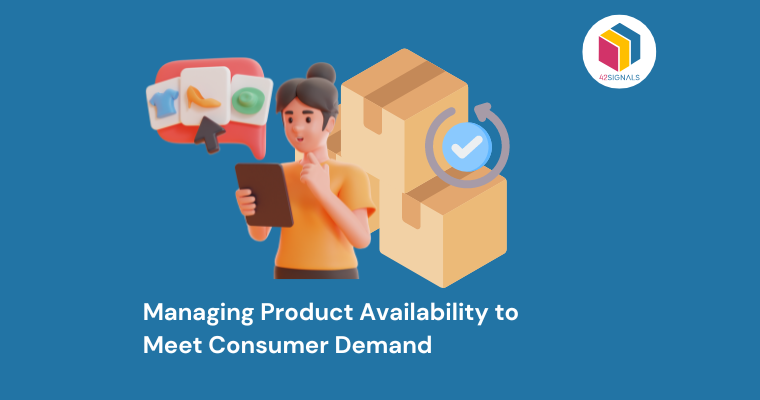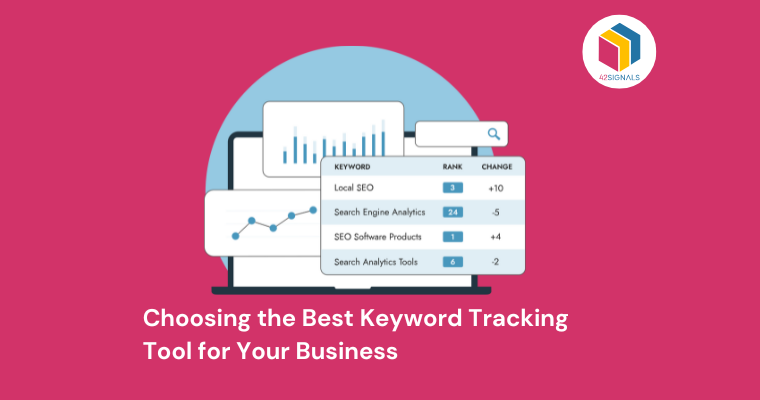In the fast-paced world of e-commerce, keeping ahead of the competition is imperative, and data analytics is your ace in the hole. It’s no longer a nice addition but a complete necessity. Why? Because it empowers e-commerce companies to delve deeply into customer behavior, make informed decisions, and enhance their overall performance. So, let’s explore how analytics is shaping the e-commerce landscape and shed light on the five essential metrics for 2023.
The evolving role of analytics in the e-commerce landscape
Analytics has become indispensable in the e-commerce sector, revolutionizing how companies operate and plan for the future. With a continuous influx of data stemming from online sales, customer interactions, and website usage, e-commerce businesses are thoroughly immersing themselves in customer data to meticulously refine their marketing strategies.
How Data Analytics is Used in E-commerce
Predicting Shopping Trends and Behavior: Data analytics lets e-commerce businesses predict shopping trends and customer behavior. By examining historical data, companies can spot patterns and forecast which products will be in demand, optimizing inventory and outpacing competitors.
Personalization and Targeted Marketing: Personalized marketing campaigns are a breeze with data analytics. By scrutinizing customer preferences, purchase history, and browsing habits, companies can craft tailor-made experiences, delighting customers and boosting conversion rates and loyalty.
Inventory Management and Sales Forecasting: Effective inventory management is pivotal in e-commerce. Data analytics enables companies to forecast demand accurately, keep stock levels in check, and avoid overstocking or understocking, leading to cost savings.
Elevating User Experience and Engagement: Within the fiercely competitive landscape of e-commerce, delivering a flawless user experience is imperative. Data analytics is pivotal in helping businesses comprehend user interactions on their websites, pinpoint areas of concern, and enact essential enhancements. The outcome? Increased conversions and a more content customer base.
What is the Most Important E-commerce Analytics?
1. Conversion Rate: From Browsing to Buying
This metric is all about turning browsers into buyers. A high conversion rate means your website excels at converting visitors into customers. Keep an eye on this one to improve your sales funnel.
2. Average Order Value (AOV): Understanding Spending Patterns
AOV reveals spending patterns, helping companies optimize pricing strategies. Increasing AOV directly impacts revenue without the need for new customers.
3. Customer Acquisition Cost (CAC): Efficiency of Marketing Efforts
CAC delves into the efficiency of marketing efforts. It’s a crucial metric to understand ROI and fine-tune marketing budgets.
4. Customer Lifetime Value (CLV): Predicting Long-Term Profitability
Predicting Long-Term Profitability Customer Lifetime Value (CLV) measures the total revenue a business can expect from a customer over their lifetime. It takes into account factors like repeat purchases, average order value, and customer retention rate. By monitoring CLV, e-commerce businesses can identify their most valuable customers and tailor their marketing strategies to maximize long-term profitability.
5. Cart Abandonment Rate: Pinpointing Friction in the Checkout Process
Cart abandonment rate is the percentage of customers who add items to their shopping cart but fail to complete the purchase. A high cart abandonment rate suggests potential issues in the checkout process, such as hidden costs, a lack of trust, or convoluted navigation. By closely analyzing this metric, businesses can zero in on the friction points and work towards achieving higher conversion rates and revenue.
Checklist: Top 5 Must-Track Metrics for 2023
To succeed in the rapidly evolving e-commerce landscape of 2023 and beyond, it is crucial for businesses to focus on tracking the following key metrics:
Source: databox.com
- Conversion Rate
- Average Order Value (AOV)
- Customer Acquisition Cost (CAC)
- Customer Lifetime Value (CLV)
- Cart Abandonment Rate
These metrics are your compass to data-driven decisions, improved marketing, and overall success.
In Conclusion
In e-commerce analytics is far from being a mere addition; it stands as an essential engine. By vigilant monitoring and scrutinizing key metrics, businesses can acquire valuable insights, fine-tune their marketing strategies, and make informed choices.
In the ever-evolving e-commerce arena, those who embrace analytics and unleash the full power of data will secure a competitive edge, positioning themselves for success not only in 2023 but for the foreseeable future.





